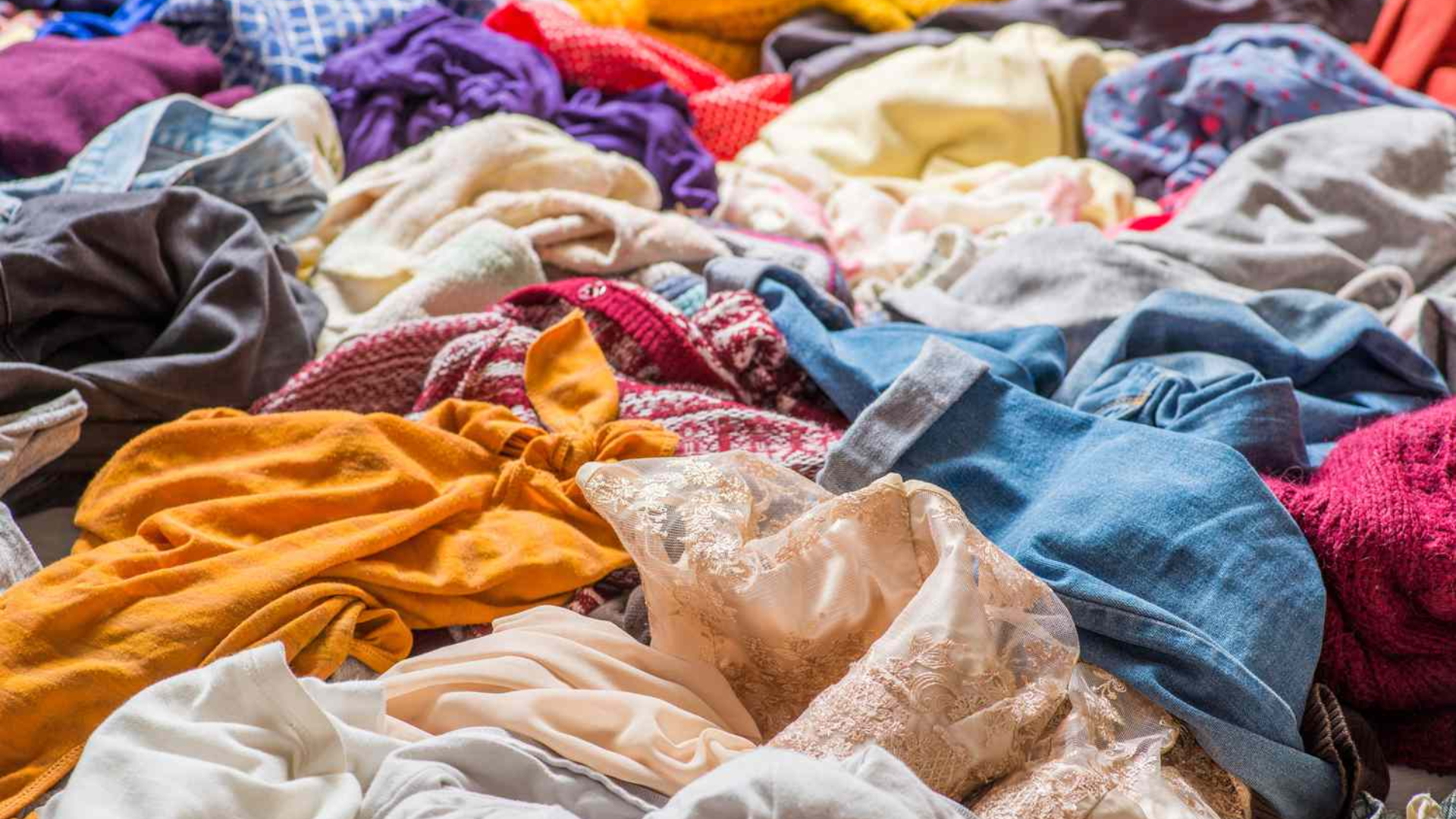Apparel Inside will publish the new report dedicated to the recycling of textiles within a few days. The study is paid and can be requested at Textile Recycling: State of Play – Apparel Insider.
For this ground-breaking industry guide on textile recycling, the study carried out interviews with key stakeholders in global textile recycling supply chains.
This included policy makers, recyclers, technology companies, fashion brands and garment manufacturers to name a few.
The report focuses heavily on new technology solutions which have entered the textile recycling space, using all chemical or, in some cases, a combination of chemical and mechanical solutions to recycle clothing.
The guide draws on extensive experience of reporting on all the major recycling technologies for a decade, including having regular briefings with industry insiders about the challenges of moving supply chains from linear to circular models.
We will try to summarize some contents:
- Recycling is neither free nor cheap: this principle must be kept in mind in the business plan of an industrial structure for recycling or a start-up. Pilot plants can cost from 5 to 10 million euros, demonstration facilities from 30 to 50 million euros. Furthermore, these are new technologies, although in many cases based on pre-existing models, which can cause problems with consequent delays in the realization of profits. Better to think about it in time and identify partners willing to invest in the long term.
- Some of the technological players have managed to reach important purchase agreements for recycled fibers with fashion brands, agreements that give security to the business by allowing them to invest in the implementation of the machines. These recycler-brand agreements will provide a significant advantage to operators capable of activating them.
- Is greenwashing part of the new fabric recycling? Most likely. The authors of the report claim to have heard rather dubious claims during the research, for example aimed at enhancing the quality of the fibers obtained from recycling. We actually know how difficult it is to guarantee upcycling processes so it is better not to generate too high expectations.
- The available data are still scarce. It is true, LCAs on recycled products are growing but studies of this nature need to be carried out by independent bodies not involved in the company’s marketing activities, a principle that should always apply, we add
- Since recycling technologies cannot work miracles by transforming a pumpkin into a carriage, the textile world must do its part by putting better quality materials into circulation, better if single-material and free from non-recyclable materials such as elastane.
From words to deeds: do you want recycled? Pay a little more for expensive brands otherwise there are no resources to invest in research to improve technologies.
Finally, the more optimistic considerations. There were fears that the pandemic could stall work on new textile recycling techniques for a few years. In reality, also thanks to the push given by EU directives and proposals on textiles and circularity, there is a certain activism that bodes well.


No responses yet